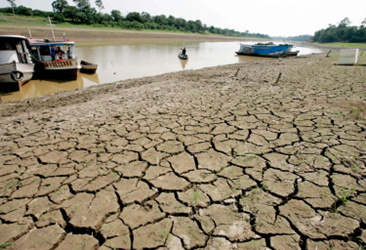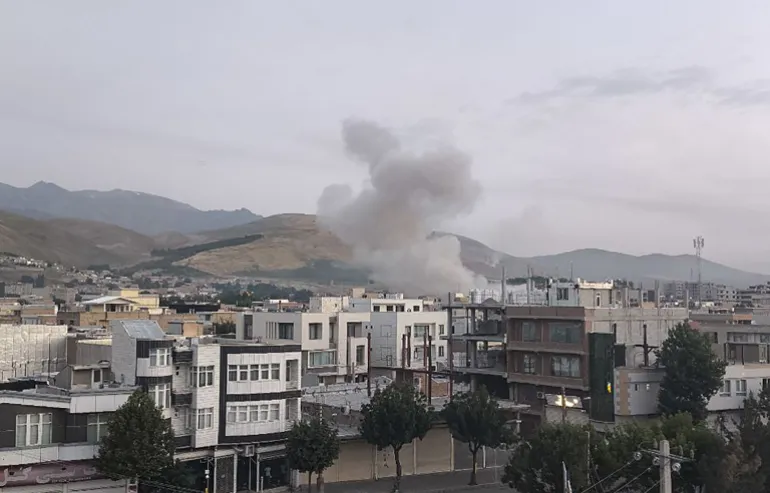- Courses
- GS Full Course 1 Year
- GS Full Course 2 Year
- GS Full Course 3 Year
- GS Full Course Till Selection
- Answer Alpha: Mains 2025 Mentorship
- MEP (Mains Enrichment Programme) Data, Facts
- Essay Target – 150+ Marks
- Online Program
- GS Recorded Course
- Polity
- Geography
- Economy
- Ancient, Medieval and Art & Culture AMAC
- Modern India, Post Independence & World History
- Environment
- Governance
- Science & Technology
- International Relations and Internal Security
- Disaster Management
- Ethics
- Current Affairs
- Indian Society and Social Issue
- NCERT- Science and Technology
- NCERT - Geography
- NCERT - Ancient History
- NCERT- World History
- CSAT
- 5 LAYERED ARJUNA Mentorship
- Public Administration Optional
- ABOUT US
- OUR TOPPERS
- TEST SERIES
- FREE STUDY MATERIAL
- VIDEOS
- CONTACT US
AMAZON RIVER BASIN
AMAZON RIVER BASIN

Context: In October 2023, the Amazon River experienced a severe drought, resulting in the depletion of Lake Puraquequara. Consequently, the floating villages in Brazil have transformed into mud flats due to the receding water levels.
Factors Contributing to Drought in the Amazon Rainforest:
- El Niño Phenomenon:
- Abnormal warming of the Pacific Ocean surface disrupts rainfall patterns.
-
- Leads to reduced humidity and rainfall, worsening drought conditions in the Amazon.
- High Water Temperatures in Northern Tropical
Atlantic Ocean:
-
- Elevated ocean temperatures cause heated air to rise, hindering cloud formation.
-
- Reduced cloud cover results in sharp drops in rainfall within the Amazon.
- Anthropogenic Climate Change:
- Human-induced activities like deforestation, agriculture, and logging exacerbate the Amazon's inability to regulate climate and retain moisture.
- Destruction of vegetation escalates temperatures, intensifying severe drought cycles.
- Mining Activity:
- Unregulated mining creates barriers impeding river navigation and releases pollutants and greenhouse gases, affecting the climate.
- Alters aquatic and terrestrial ecosystems, compounding environmental impact.
- Hydroelectric Dams:
- Construction and operation, especially on the Madeira River, disrupt natural river flows, affecting ecosystems and releasing methane gas.
- Reservoir creation alters natural river courses, impacting climate and ecosystems.
- Transportation Infrastructure:
- The construction of highways contributes to increased deforestation, disrupting conserved areas and intensifying climate disruptions in the Amazon.
Amazon River Basin:
- The most expansive drainage basin globally, encompassing approximately 34% of South America's landmass.
- Houses around 60% of the world's rainforests and shelters an estimated 10% of the planet's documented biodiversity.
- Countries within its expanse include Brazil (intersected by both the equator and Tropic of Capricorn), Bolivia, Colombia, Ecuador, Guyana, Peru, Suriname, and Venezuela.
Amazon Rainforests:
-
The world's largest tropical rainforests,situated within the Amazon Riverbasin and its tributaries in the northern South America.
-
As of 2021, approximately 74% of the Amazon's the area is covered by tropical rainforests, with 9% comprising other natural vegetation types.
-
Housing nearly a fifth of the world's terrestrial species, the Amazon Rainforests provide habitats for over 45 million people.
-
Home to 400–500 indigenous Amerindian tribes, contributing to the rich cultural diversity of the region.
-
The rainforests serve as the origin of 20% of the planet's oxygen supply, crucial for global air quality and sustainability.
-
Classified as a tropical forest, this closed-canopy ecosystems thrive within 28 degrees north or South of the equator.
-
Exhibiting high precipitation levels, typically surpassing 200 cm annually, either seasonally or throughout the year.
-
Consistently warm temperatures prevail, ranging from 20°C to 35°C, creating a uniformly hot climate throughout the region.
Significance of Amazon Rainforests in the Basin Countries:
-
Rich Biodiversity Source:
-
-
Houses unparalleled biodiversity with a vast array of flora and fauna, estimated to encompass up to 30% of all known species worldwide.
-
The Amazon rainforest supports more diverse life forms than any other terrestrial ecosystem globally.
-
-
Precipitation and Climate Influence:
-
-
Generates 50 to 75% of the world's precipitation through transpiration.
-
Impacts rainfall patterns in the Western United States and Central America by contributing moisture to the atmosphere.
-
Vital for hydrological cycles, regulating temperature, humidity, and influencing regional climate patterns.
-
-
Carbon Sink and Air Purification:
-
-
Approximately 350 billion trees in the Amazon sequester massive amounts of carbon.
-
Stores over 85 billion tonnes of carbon, exceeding a third of tropical forests' global carbon storage.
-
Acts as a natural air purifier, mitigating greenhouse gases and playing a crucial role in climate stabilization.
-
-
Local and Regional Benefits:
-
-
Sustains millions of people in the Amazon Basin by providing essential services and resources such as logging and non-timber forest products.
-
-
Medicinal Value and Food Security:
-
-
Holds medicinal properties, with 70% of plants possessing effectiveness against cancer cells.
-
Contributes significantly to global food sources, as 80% of various food types originate from the diverse ecosystem of the Amazon rainforest.
-



